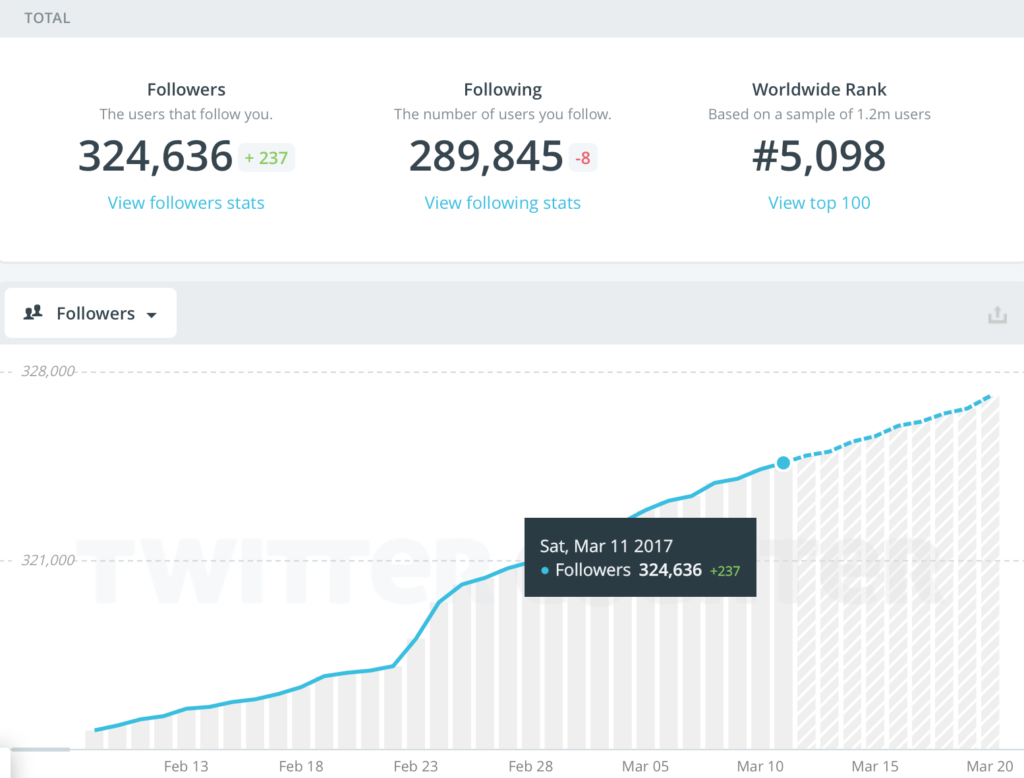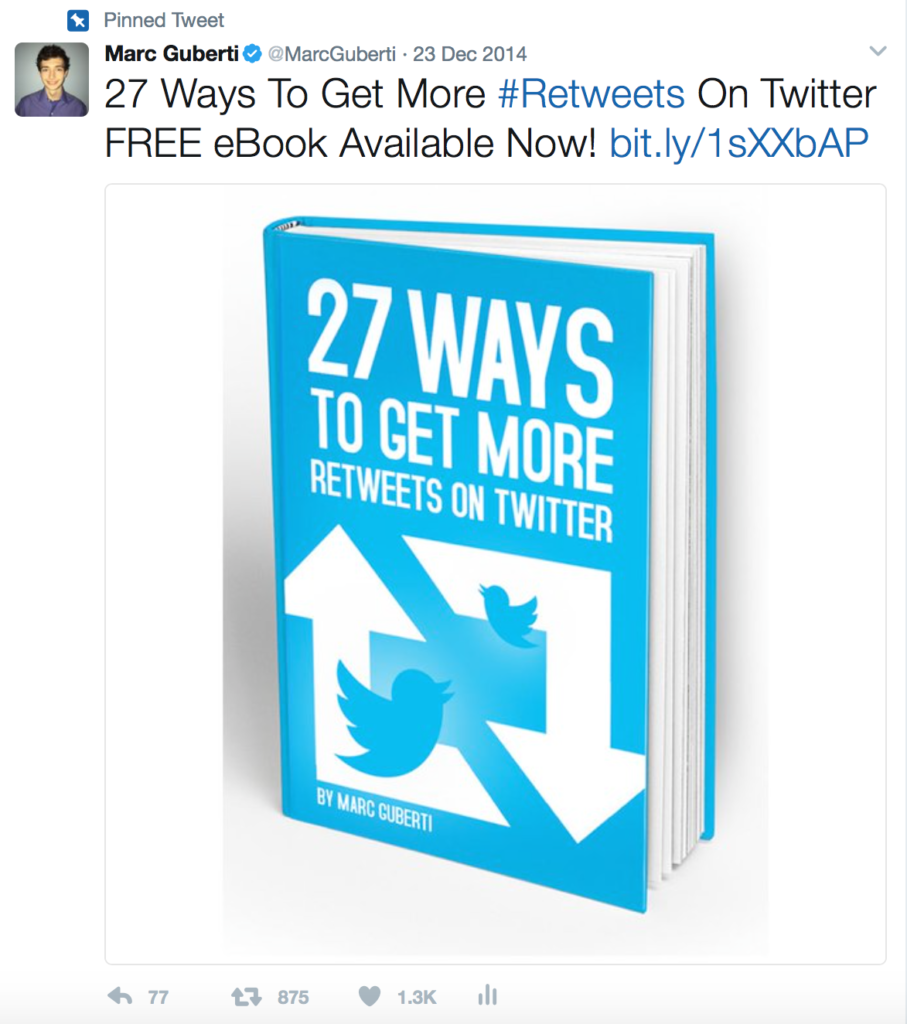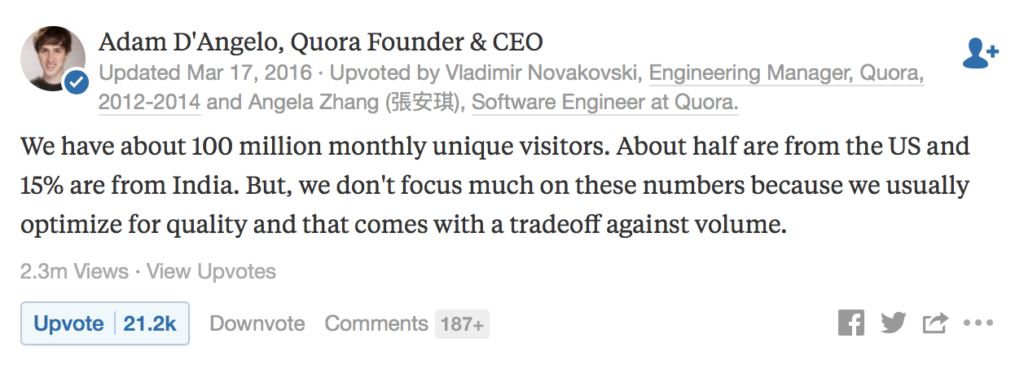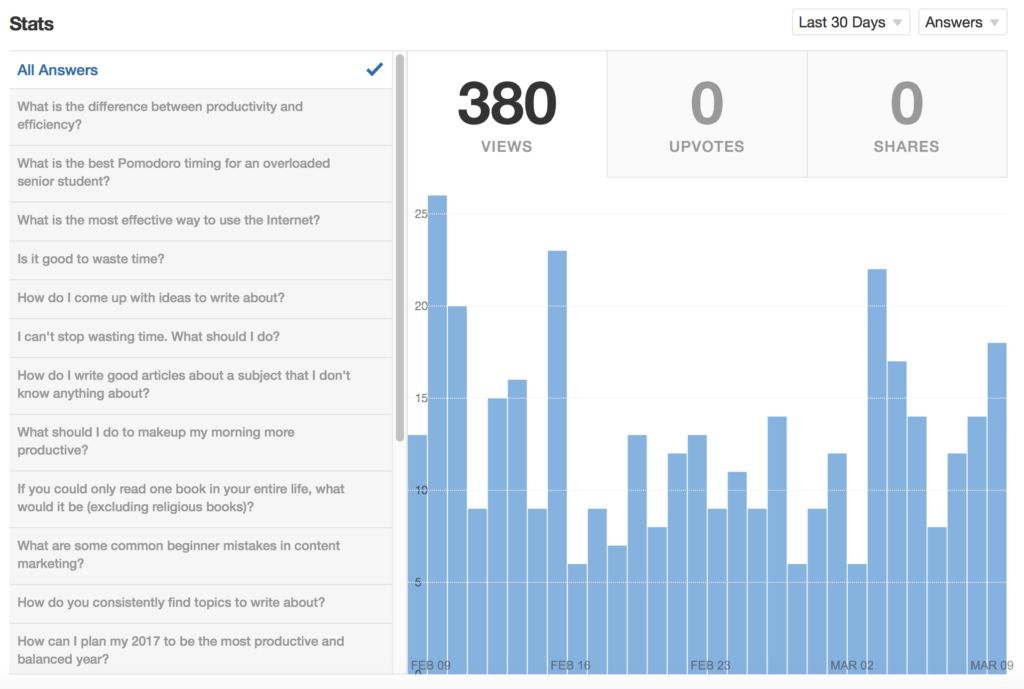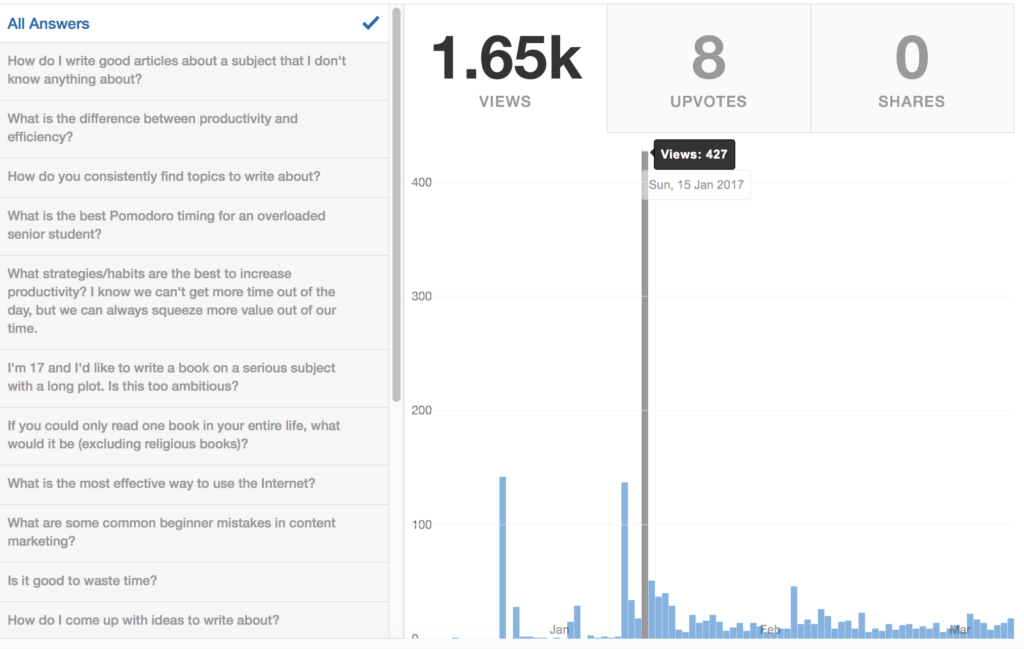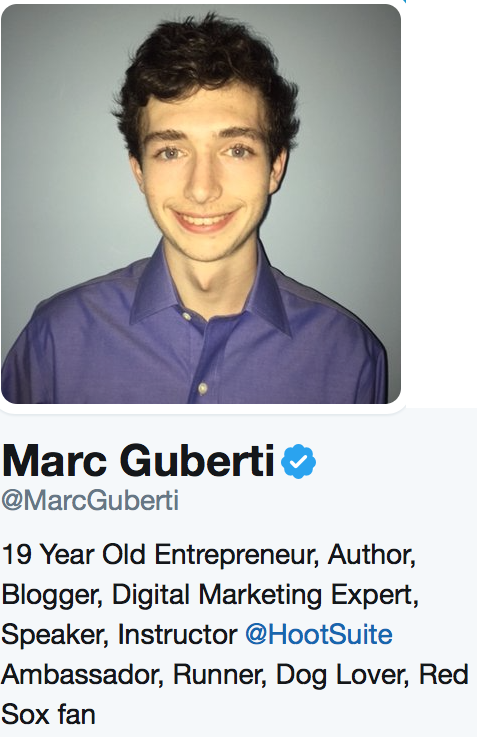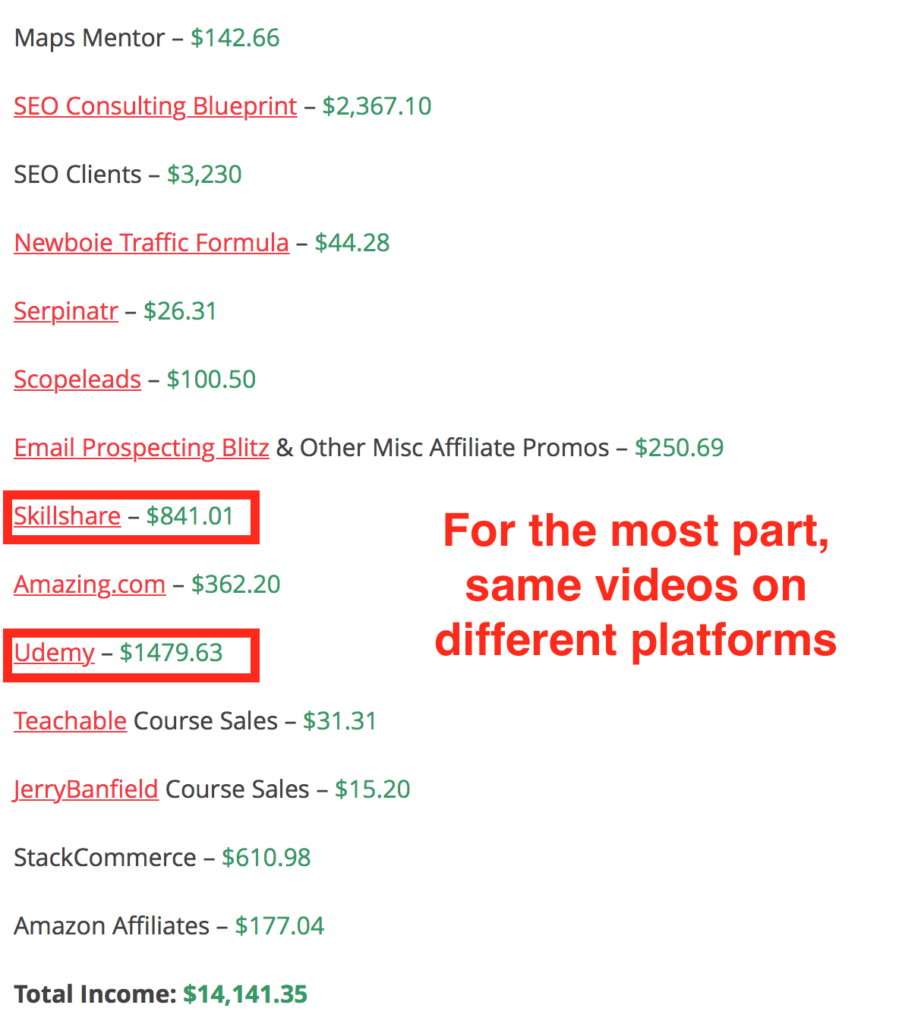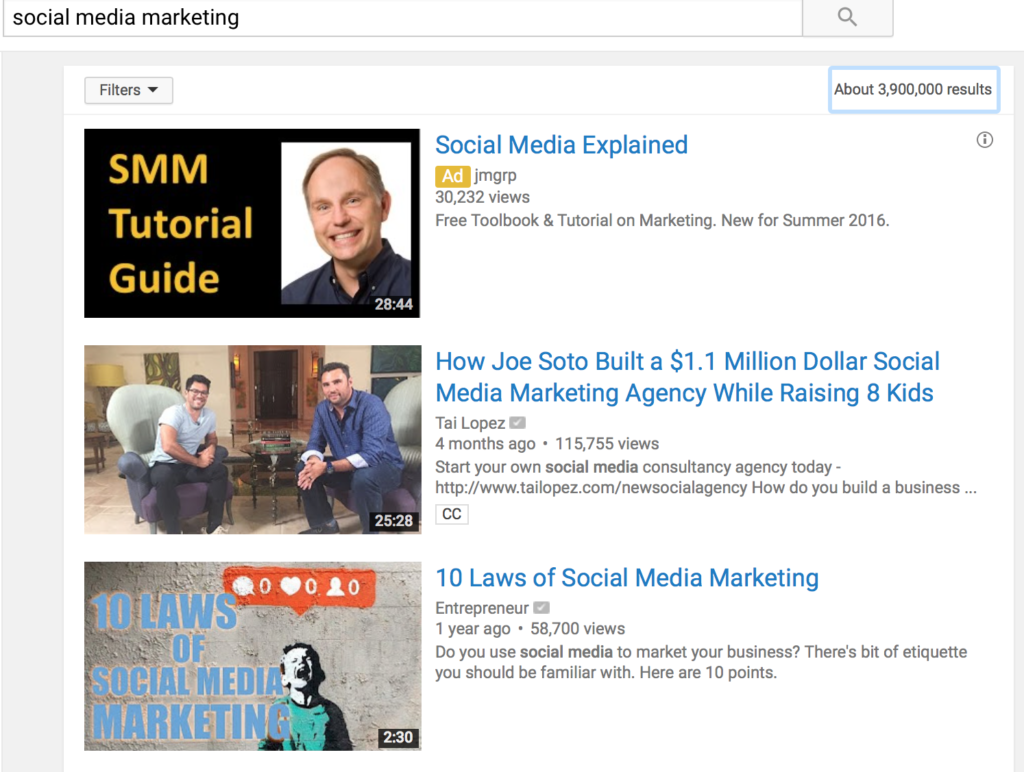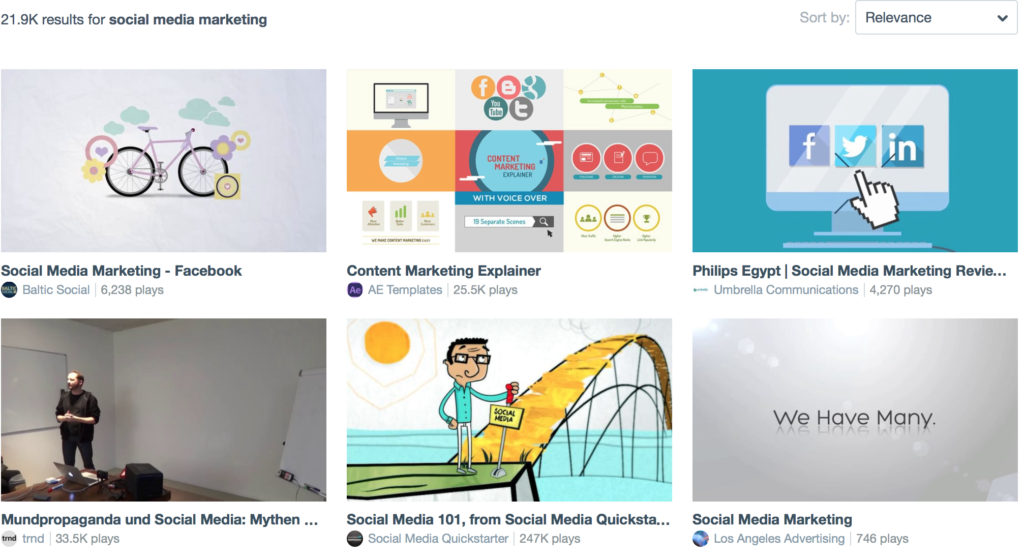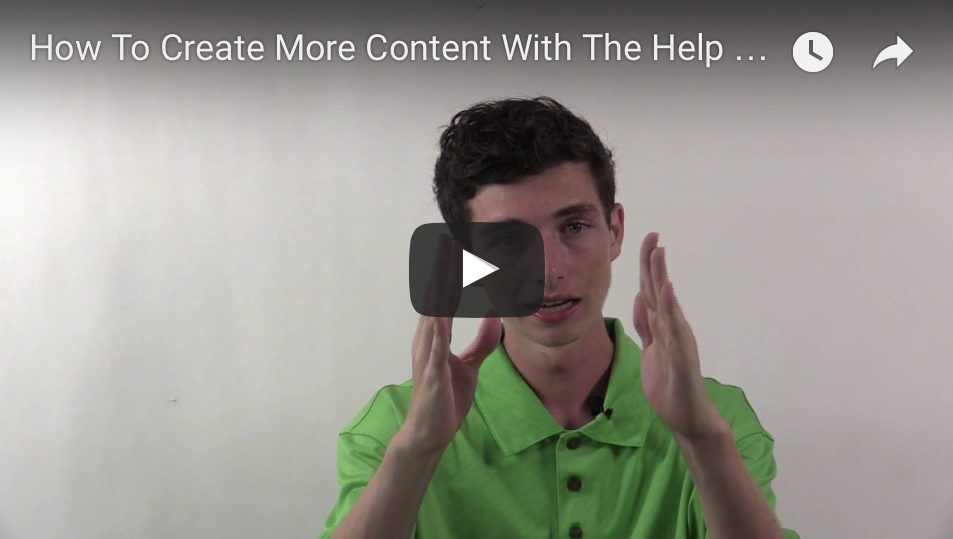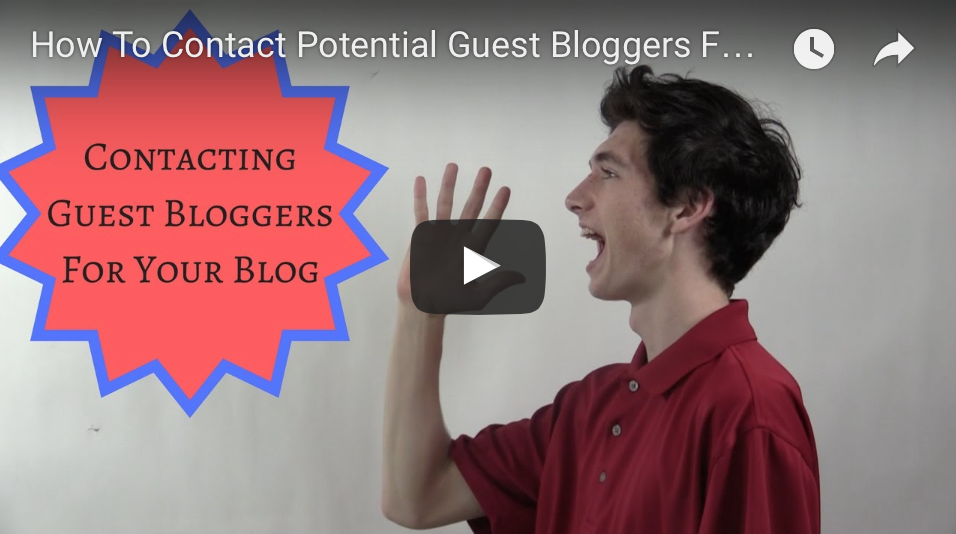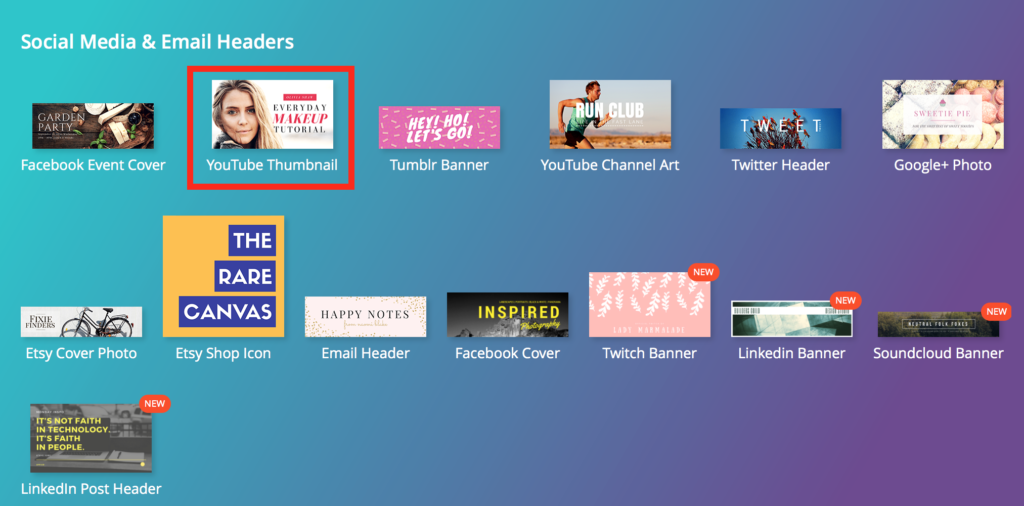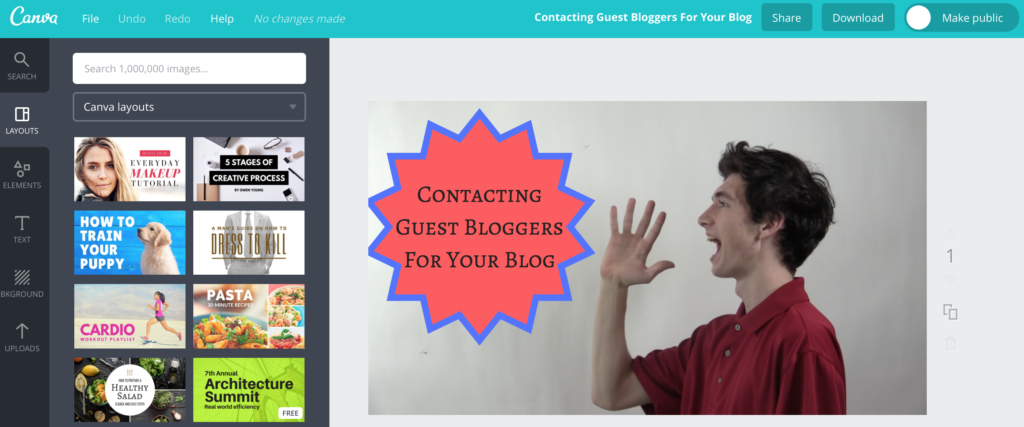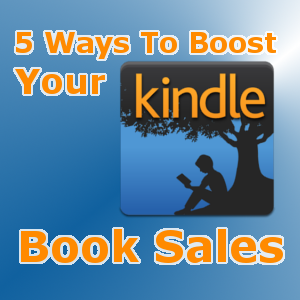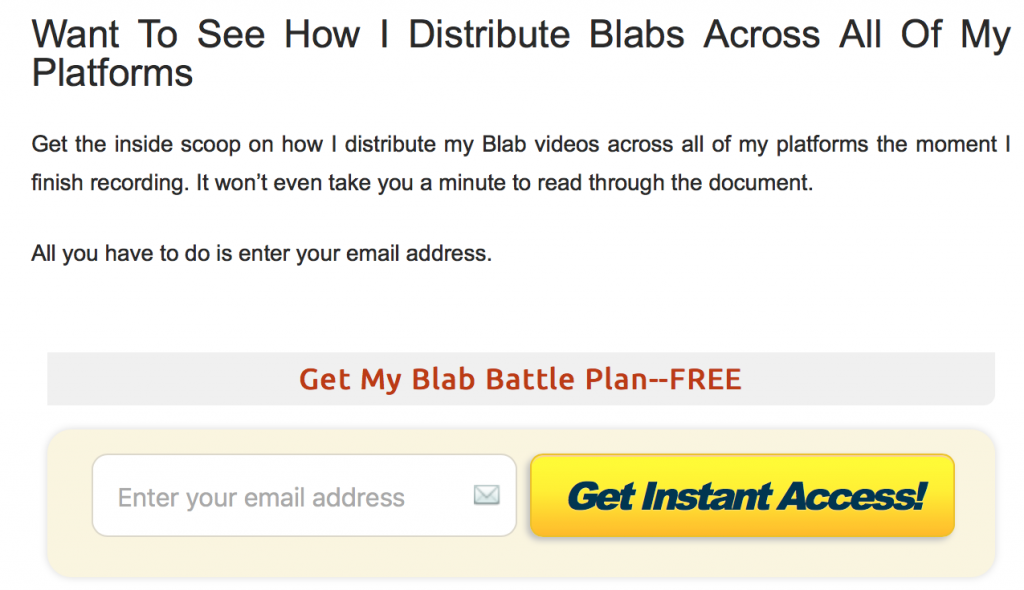Writing blog posts takes time, effort and commitment.
You need to think up an engaging topic and headline, write an outline and the actual post, proofread and edit, then publish and promote your post before starting the entire process again.
#1: Write On Your Smartphone
Just to clarify, I always prefer to write blog posts using a computer, but that isn’t always an option.
#2: Get Your Videos Transcribed
#3: Hire A Ghostwriter
Sometimes the fastest way to get your blog posts written is by not writing them at all! You can have one writer, or a team of ghostwriters, write your content for you.
#4: Accept Guest Contributions To Your Blog
When you are first starting out, you may not have a budget for ghostwriters. To remedy this problem, you can invite people to contribute your blog.
#5: Memorize The Keyboard
In Conclusion
What are your thoughts on these hacks to writing blog posts faster?
Have any hacks for us? Sound off in the comments section below.


